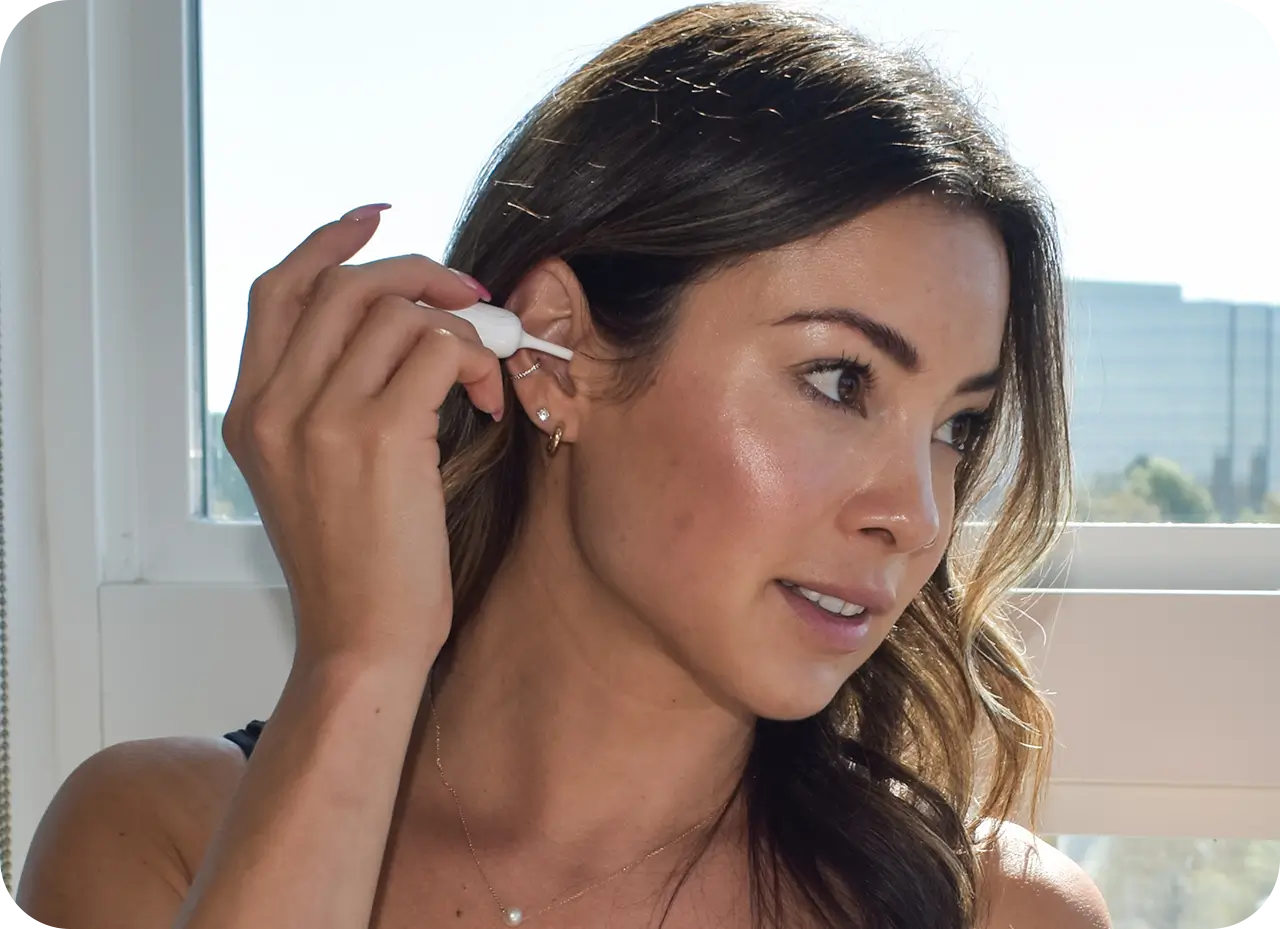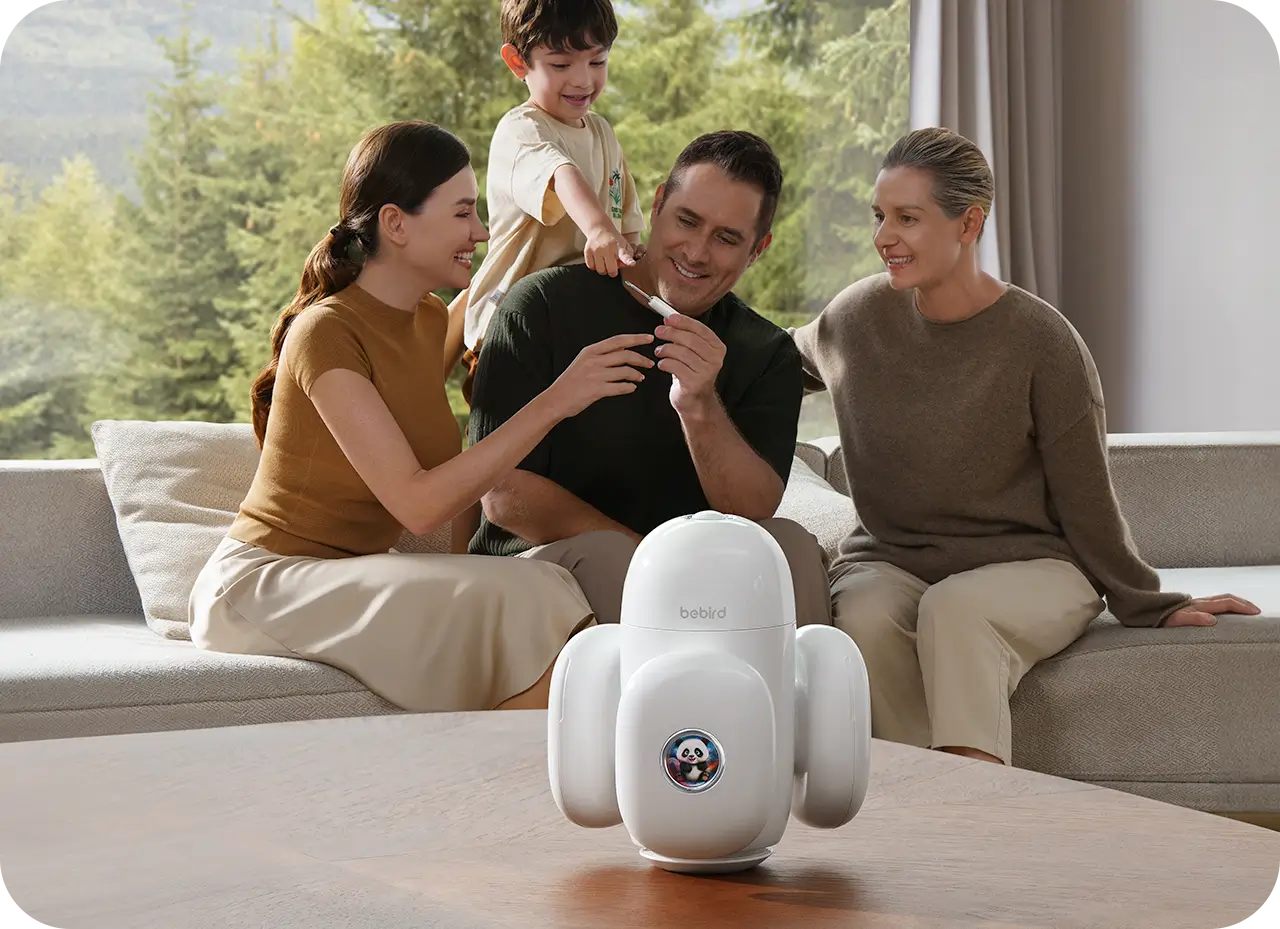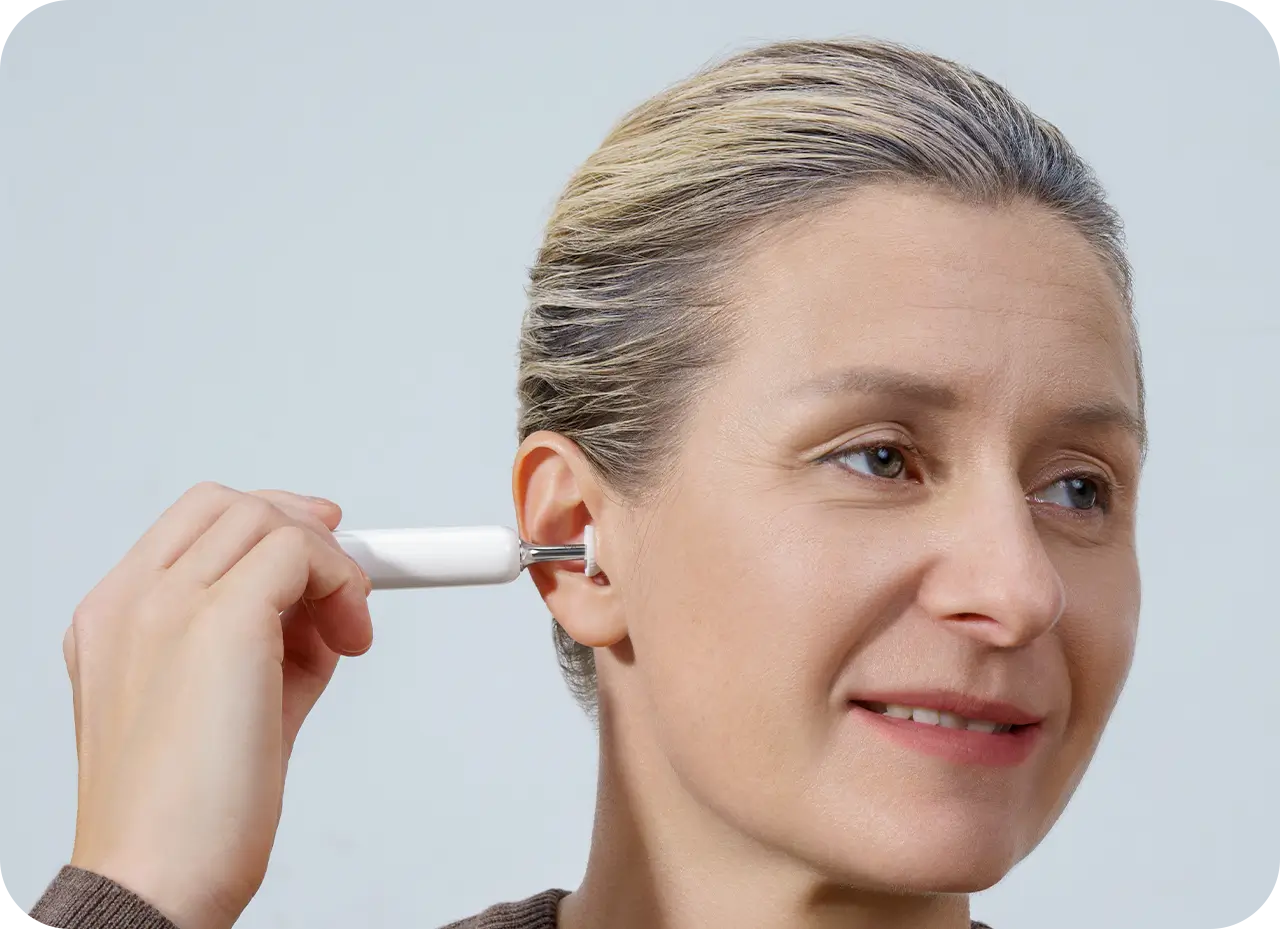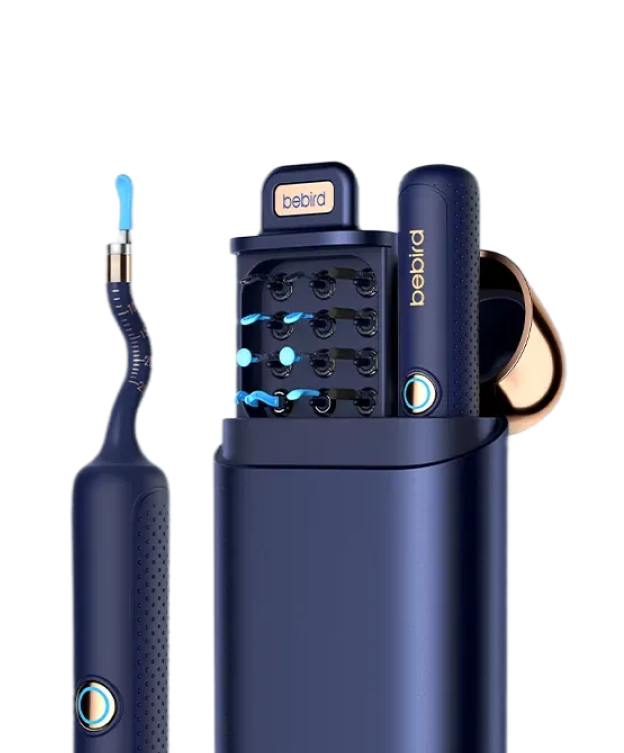Ear wax buildup is something many of us deal with, and finding the right way to remove it can sometimes feel like a challenge. If you’ve been looking into different ear wax removal methods, you’ve probably come across "microsuction" as an option. But is microsuction safe? Does it work better than the traditional water method? Let’s dive into everything you need to know about microsuction, its pros and cons, and whether it’s the right choice for you.
What is Microsuction?
Microsuction is a modern and highly effective method for removing ear wax from the ear canal. It involves using a small, specialized suction device to gently "vacuum" the ear wax out. Unlike traditional methods like ear syringing, which uses water to flush out the wax, microsuction is a dry process.
This technique is typically done by trained healthcare professionals, who use a microscope to carefully guide the suction device and ensure precision. The process is quick, typically taking only a few minutes, and there’s minimal discomfort involved. Microsuction is known for being a safe and effective option, especially for those with sensitive ears or certain ear conditions.
Overall, microsuction provides a precise and controlled way to clear out ear wax without the mess or risk that can come with water-based methods.
Related: The History of the WaxVac Ear Cleaner: How It Changed Ear Care
Pros of Microsuction for Ear Wax Removal
Ear wax buildup can be a real headache, but finding the right method to get rid of it doesn't have to be complicated. Microsuction has become a go-to option for many, and here's why.
-
Safe and Precise
When done by a trained professional, microsuction is a pretty safe way to clear out ear wax. It’s a precise technique, using a small suction device and a microscope to carefully remove the wax, so you don’t have to worry about accidentally damaging your ear.
-
Quick and Effective
One of the best parts about microsuction is how quickly it works. The whole process usually takes just a few minutes, and you’ll feel the difference right away. Unlike other methods, like syringing, where you might need a few tries or follow-up visits, microsuction gets the job done fast.
-
No Water, No Mess
Unlike ear syringing, which uses water to flush out wax (and can be messy), microsuction is a dry method. That means no risk of water getting stuck in your ear, which is especially helpful for people who have things like perforated eardrums or a history of ear infections.
-
Gentle and Comfortable
Most people find microsuction pretty comfortable. There might be a slight tickling or pressure sensation, but it's nothing compared to the discomfort some feel with syringing or sticking cotton swabs in their ears. It’s a relatively painless way to get your ears cleaned up.
-
Works for Most Types of Ear Wax
Whether your ear wax is soft or harder to remove, microsuction works well in most cases. The suction is strong enough to get rid of stubborn wax, but gentle enough not to cause irritation or push wax deeper into the ear canal.
-
No Risk of Pushing Wax Further
A big problem with using cotton swabs or even ear syringing is that you can accidentally push the wax deeper into your ear, which just makes things worse. With microsuction, the wax is carefully removed without risk of it being pushed further in.
In short, microsuction is a fast, gentle, and effective way to remove ear wax—making it a great option for anyone looking for a safe and reliable method.
Cons of Microsuction for Ear Wax Removal
While microsuction has plenty of benefits, it’s not perfect for everyone. Here’s what you should consider before deciding if it’s the right choice for you.
-
Needs a Professional
Unlike ear drops or cotton swabs, you can’t do microsuction at home. You'll need to visit a trained professional to have the procedure done, which can be inconvenient for some people. Depending on where you live, finding someone qualified to perform the treatment may not be as easy as you'd like.
-
Can Be More Expensive
Because microsuction requires a professional and specialized equipment, it tends to be pricier than other methods like ear syringing or using over-the-counter drops. If you're on a budget, this might be a consideration, especially if you need it done regularly.
-
Not Always Effective for Stubborn Wax
While microsuction works well for most types of ear wax, very hard or compacted wax might not come out easily. In such cases, you might need multiple sessions or a different treatment altogether, which could be frustrating if you're hoping for a one-and-done solution.
-
Small Risk of Injury
Although the risk is low, there's still a small chance of injury when using microsuction, especially if not performed correctly. If the suction is too strong or the device is mishandled, there could be minor damage to the ear canal or eardrum. That’s why it’s important to always go to someone who knows what they’re doing.
-
Possible Discomfort
While most people find the procedure fairly comfortable, some may experience slight discomfort or even a bit of dizziness during the process. The sensation of suction in your ear might feel a little strange, but it's typically brief and mild.
In a nutshell, while microsuction is a great method for many, it’s not without its drawbacks. If you don’t mind the cost and you’re okay with visiting a professional, it can be a fantastic solution. But it’s not always the perfect fit for everyone, and it’s worth weighing the pros and cons before making your decision.
Is Microsuction Safe for Everyone?
Microsuction is generally safe for most people, especially when done by a trained professional. However, it’s not suitable for everyone. If you have an active ear infection, a perforated eardrum, or have recently had ear surgery, you should avoid this method. The suction could aggravate these conditions, leading to discomfort or potential complications. It's also not commonly recommended for young children due to their difficulty in staying still during the procedure.
For those without these concerns, microsuction is a safe and effective way to remove ear wax. It’s always a good idea to check with a healthcare professional before proceeding, just to ensure it’s the right option for your specific situation.
Is Suction Better Than Water for Ear Wax Removal?
Suction has some distinct advantages over water-based methods like ear syringing. For starters, suction is a dry process, making it safer for people with sensitive ears or conditions like perforated eardrums, where water could lead to infection or discomfort. It also offers more precision, effectively removing ear wax without the risk of pushing it deeper into the ear canal.
On the other hand, water methods like ear syringing are often gentler and work well for those with mild wax buildup. They can be a more comfortable option for people who don’t have specific ear conditions. Ultimately, whether suction or water is better depends on the individual’s ear health and the severity of the wax buildup. Both methods have their place, but suction tends to be the more precise and safe option for more serious or stubborn cases.
Conclusion
When it comes to ear wax removal, both microsuction and water-based methods offer their own advantages, but choosing the right one depends on your individual needs and ear health. Microsuction stands out as a precise and safe option, especially for those with sensitive ears or more stubborn wax buildup. However, water methods can still be effective for less severe cases and may offer a gentler experience for some.
If you're looking for a more convenient, at-home solution, products like Bebird's ear wax cleaning tools are worth considering. Bebird offers a range of high-quality, user-friendly devices, including ear cleaners with cameras, that allow you to clean your ears safely and effectively, without needing to leave your home.
With features like built-in cameras and gentle suction, Bebird makes ear care easier and more accessible, helping you keep your ears clean and healthy in a way that's both safe and comfortable.
















Leave a comment
All comments are moderated before being published.
This site is protected by hCaptcha and the hCaptcha Privacy Policy and Terms of Service apply.